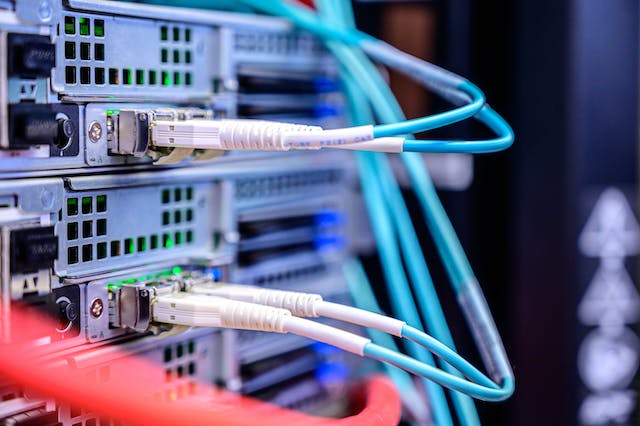In the dynamic landscape of modern technology, the efficient exchange of information is a cornerstone for success. Whether it’s in a bustling office, a data center, or even your home network, the unsung hero facilitating this seamless communication is the networking switch. This blog aims to unravel the intricacies of networking switches, shedding light on their significance, types, and the pivotal role they play in our interconnected world.
The Basics:
At its core, a networking switch is a fundamental device that connects devices within a local area network (LAN). Unlike traditional hubs, switches operate at the data link layer (Layer 2) of the OSI model, making them smarter and more efficient in handling network traffic.
- How Switches Work: Switches use MAC addresses to forward data frames only to the intended recipient, reducing unnecessary network congestion. When a device wants to communicate with another on the same network, the switch uses its MAC address table to determine the port to which the destination device is connected.
- Types of Switches:
- Unmanaged Switches: Simple and plug-and-play, these switches are ideal for small networks and home setups.
- Managed Switches: Offering advanced features, such as VLAN support, Quality of Service (QoS), and network monitoring, managed switches are suitable for larger and more complex environments.
- Power over Ethernet (PoE): Some switches come equipped with PoE capabilities, allowing them to deliver both data and electrical power to connected devices like IP cameras and VoIP phones. This simplifies the setup by eliminating the need for separate power sources.
The Importance of Switches:
- Enhanced Performance: Switches significantly improve network performance by providing dedicated bandwidth to each connected device. This eliminates the collisions and data congestion that can occur in hub-based networks, leading to faster and more reliable data transfer.
- Scalability: As networks grow, switches can be easily added to accommodate additional devices without compromising performance. This scalability makes switches a cornerstone in expanding network infrastructures.
- Security Features: Managed switches offer robust security features, including access control lists (ACLs), port security, and virtual LANs (VLANs). These features contribute to network integrity by controlling access and mitigating potential security threats.
- Traffic Segmentation: VLAN support allows switches to segment network traffic logically, improving overall network efficiency. This is particularly valuable in large organizations where different departments or teams need isolated network segments.
Conclusion:
In the realm of networking, switches act as the silent architects, orchestrating the flow of information across devices and enabling the seamless connectivity that defines our digital age. Understanding the different types of switches, their functionalities, and the role they play in optimizing network performance is crucial for anyone looking to build a reliable and efficient network infrastructure. As technology continues to evolve, networking switches will undoubtedly remain at the forefront, ensuring that our interconnected world continues to function smoothly and efficiently.
